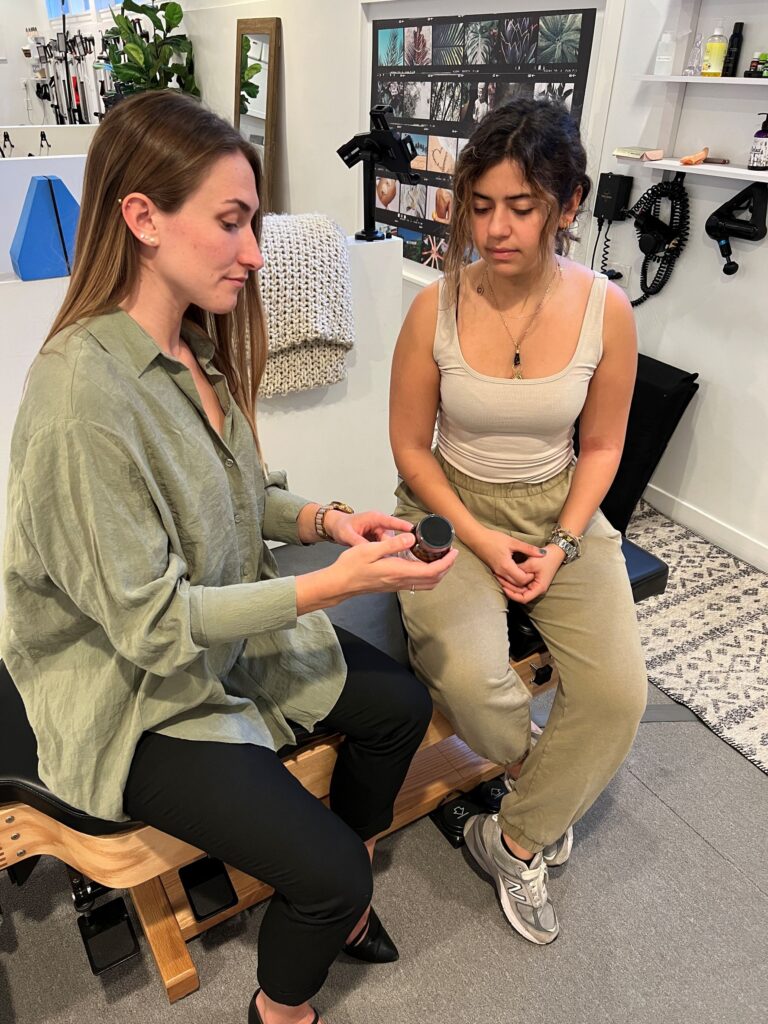Treatments
Chiropractic Adjustment
The chiropractic adjustment is a treatment technique performed by the chiropractic practitioner. The doctor will palpate certain joints in your body to determine where the restriction is (which joint is not moving through its full range of motion in a certain plane). Your chiropractor will then place you in a certain position and apply a shallow but quick thrust to your joint which might or might not make a popping noise. This adjustment is utilized to restore proper range of motion, it helps reduce pain and even relax tight muscles.
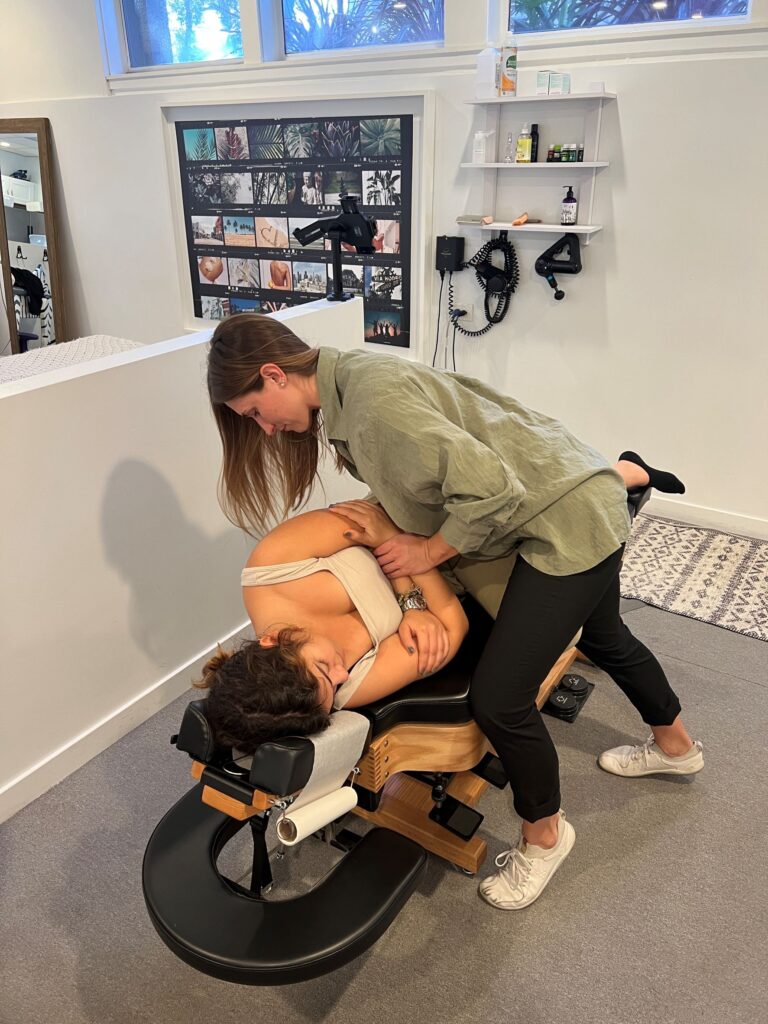
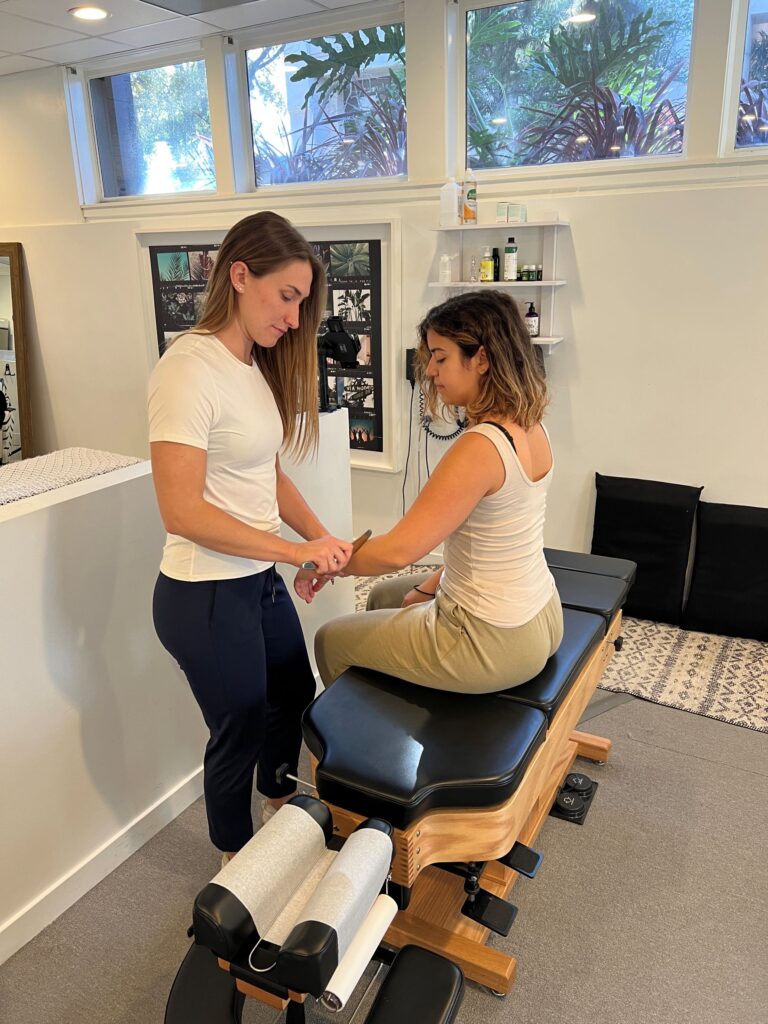
IASTM
Instrument Assisted Soft Tissue Mobilization is utilized by taking a tool (varying in shapes, sizes, and material, often metal) and repetitively scraping it against the tissue. The tool is inducing controlled microtrauma within the tissue, for example, breaking up scar tissue adhesions. This microtrauma promotes healing through fibroblast activity, promotes proper tissue and fascial gliding, increases blood circulation, and stimulates a nervous system response. Know, that you may experience bruising following the treatment which is part of the process and completely expected. If you think you may benefit from this treatment please schedule an appointment and we will determine if it is right for you.
Cupping
Cupping, also known as Myofascial Decompression, is a technique achieved with cups (plastic or glass) that then apply a negative pressure to take out the air from inside the cup causing local decompression of the tissue. Know, that you may experience bruising following the treatment which is part of the process and completely expected. This strategy promotes proper tissue and fascial gliding, relieves mechanical stress, increases blood circulation, and stimulates a nervous system response. Depending on the condition the practitioner may move the cup with emollient on the skin, along certain muscles, or across specific facial slings. You may also be taken through a series of movements with the cups on to retrain certain proper movement patterns and appropriate tissue glide. If you think you may benefit from this treatment please schedule an appointment and we will determine if it is right for you.
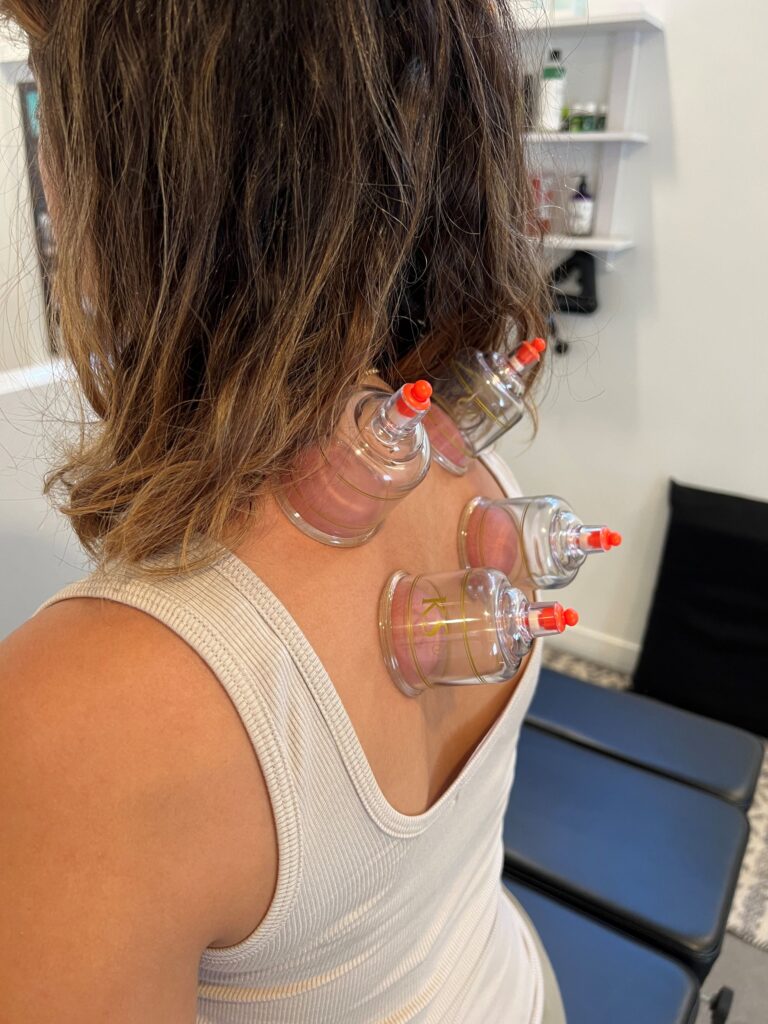
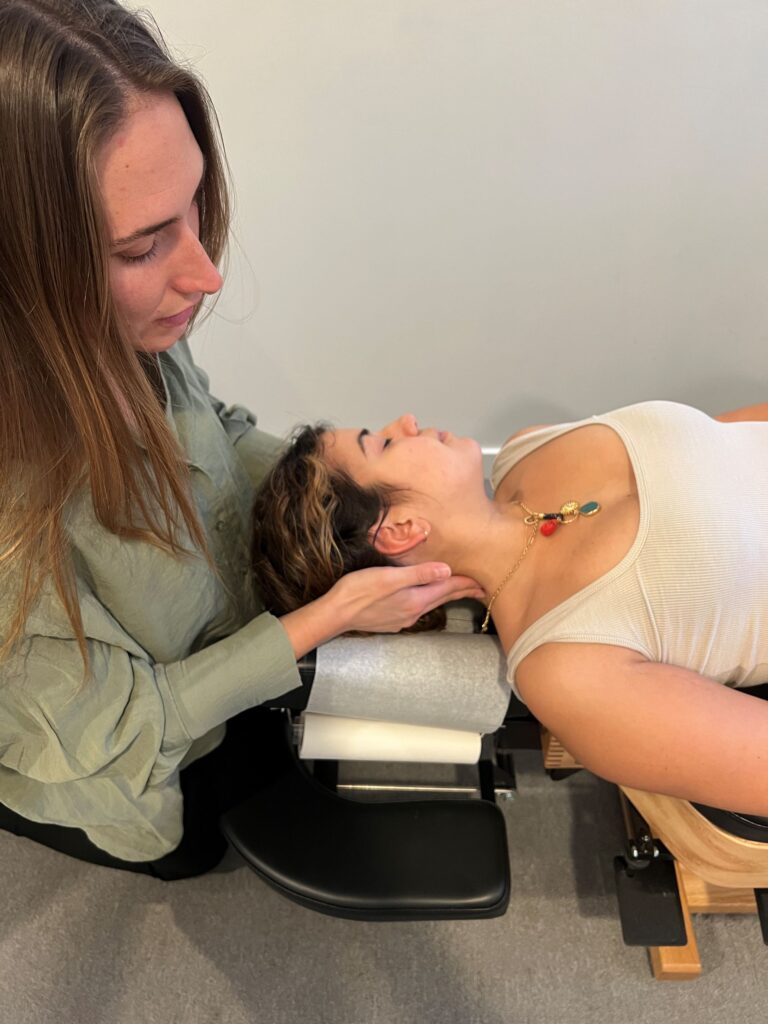
MRT/PIR/FM
Myofascial Release Technique (MRT) is when the practitioner determines the patient has either hypertonic (overactive/tight) or shortened muscle length they will pin the muscle and lengthens it. This breaks cross-linkages in the tissue fiber allowing the muscle to restore to its proper length and tone. Post Isometric Relaxation (PIR) is also applied to hypertonic (overactive/tight) or shortened muscles. However, this technique takes that specific muscle to its lengthened or stretched position, the patient activates the muscle against resistance for 10 seconds and then relaxes while the practitioner stretches the muscle into its new lengthened position. This is repeated until the appropriate muscle tone and length are achieved. Fascial Manipulation (FM) is utilized on hypertonic (overactive/tight) or shortened muscles but primarily on trigger points (muscle knots). The practitioner determines where the fascia (tissue covering muscles) is not gliding properly and applies repetitive pressure in a small star formation to the area. This pressure heats the fascia and dissolves any tension allowing the muscles and the fascia to glide properly. If you think you may benefit from either of these treatments please schedule an appointment and we will determine if it is right for you.
Movement Therapy
Movement therapy is a broad umbrella term for multiple treatment techniques such as McKenzie, Neurodynamics, or general mobility. Depending on what your practitioner diagnoses you with, they may see fit that you implement a specific movement that when done properly can reduce your pain levels or promote proper ranges of motion in certain joints that may be lacking movement. For example, if you have pain with lumbar flexion (bending over) or are constantly in a hunched-over position your doctor may recommend adding in repetitive extension (leaning backward) to offset that load on your body. This is dependent on a case-by-case basis, if you think you may benefit from this type of treatment please schedule an appointment and we will determine if it is right for you.
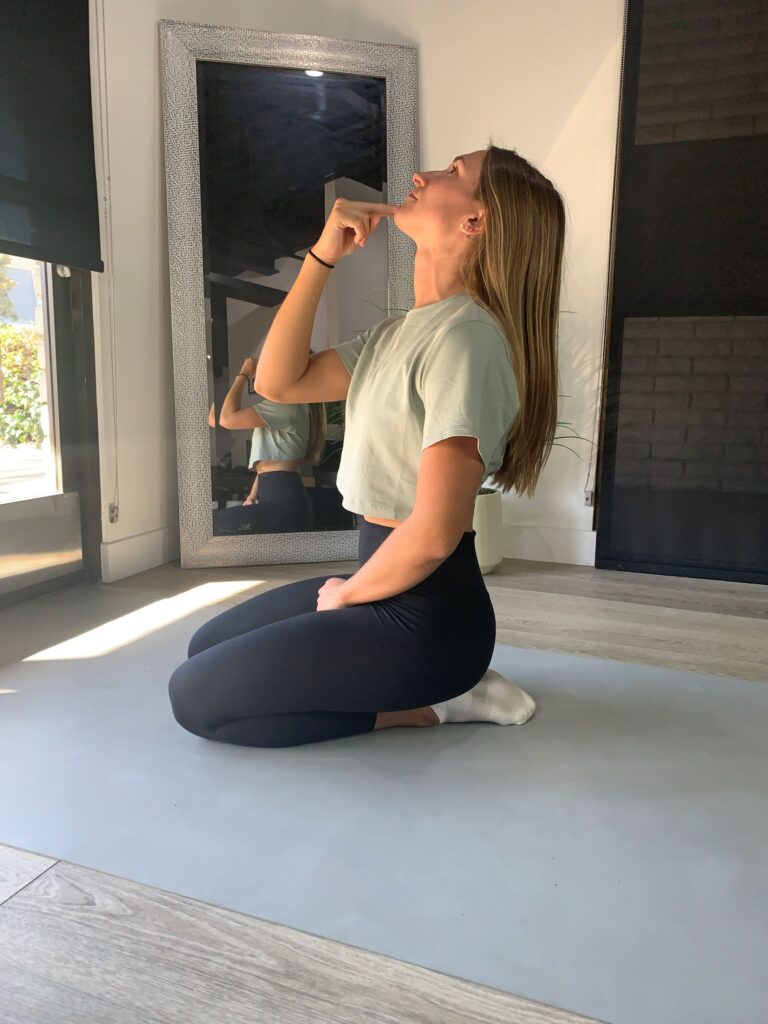
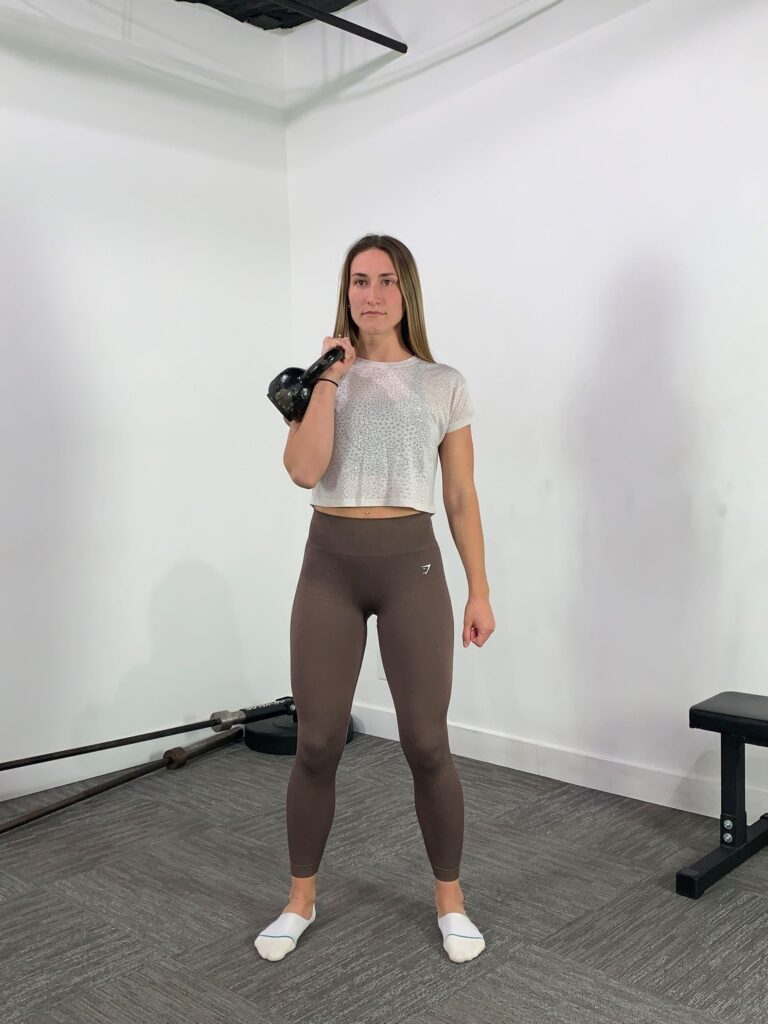
Strength Therapy
Strength therapy is not always as it sounds, not every person is going to be placed in a heavy lifting training program. However, to attain general health it is necessary to build strength in basic everyday movements without pain, such as squatting, because everyone has to squat down to go to the bathroom every day, right!? Strength therapy can be as simple as a bodyweight exercise to build support in muscles that are weak and therefore causing other muscles to take on more work which leads to asymmetries and potential injuries and pain. Your practitioner will work with you on what degree of strength you are comfortable with achieving. So if you think you may benefit from this type of treatment please schedule an appointment and we will determine if it is right for you.
Functional Nutrition
Function Nutrition is taking a person and evaluating their health by analyzing their diet, lifestyle, and specific markers. For example, we may order blood work, stool or urine tests, saliva or food intolerance testing. With this, we determine certain deficiencies or increases in vitamins, minerals, or even hormones and work to adjust to a healthy level with the use of diet and supplementation. In turn, this resolves any issues you may be experiencing like brain fog, fatigue, digestive issues and can also aid in complications with diabetes or even thyroid conditions. If this sounds like something you could benefit from, schedule an appointment or even reach out to see how we can help you!
